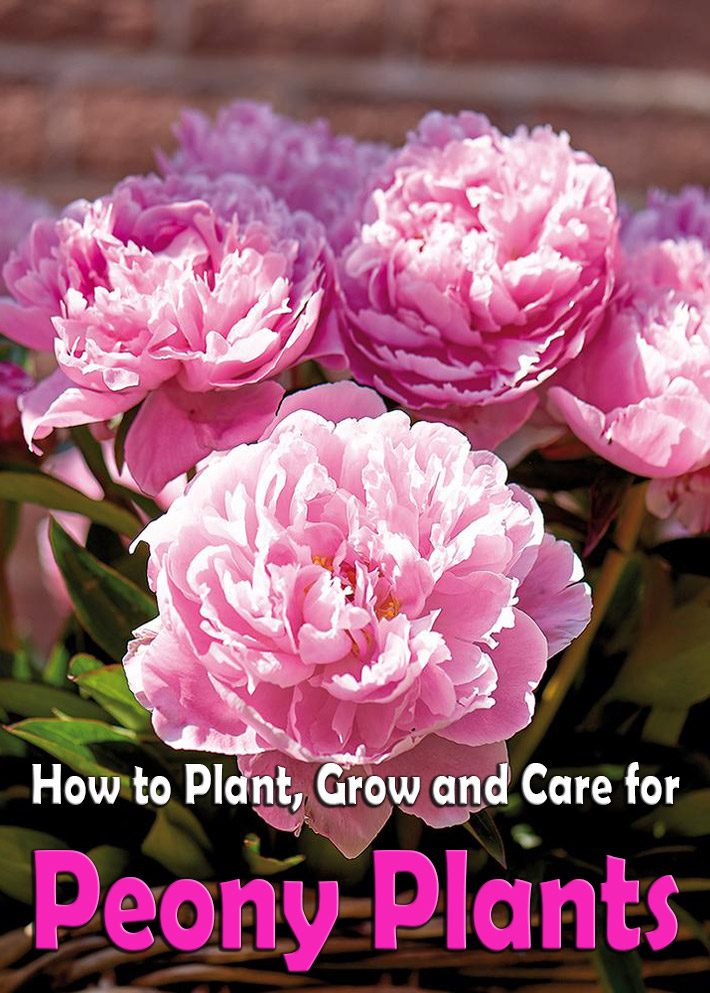
The herbaceous Peony has been cultivated in home gardens for over 600 years. Considering the beauty of the flower and the longevity of the plants, it’s no wonder why they have long been a perennial favorite. Peony clumps may survive for up to as long as 50 years, so it is advisable to prepare the growing site very thoroughly before planting. Once established in the garden, Peony plants are reasonably free from maintenance and problems.
Peonies are outrageously beautiful in bloom in springtime, with lush foliage all summer long. Peony plants require little maintenance as long as they are planted properly and establish themselves; they do not respond well to transplanting.
Peony flowers are perennials that come back every spring to take your breath away. The plants may live longer than you do—some have been known to thrive for 100 years.
They’re hardy to Zone 3 and grow well as far south as Zones 7 and 8. In most of the country, the rules for success are simply full sun and well-drained soil. Peonies even relish cold winters, because they need chilling for bud formation.
Peonies make fine sentinels lining walkways and a lovely low hedge. After its stunning bloom, the peony’s bushy clump of handsome glossy green leaves lasts all summer, and then turns purplish or gold in the fall, as stately and dignified as any shrub.
In mixed borders, peonies bloom with columbines, baptisias, and veronicas, and combine well with irises and roses. Plant white peonies with yellow irises and a froth of forget-me-nots; set off pink peonies with blue Nepeta or violets.
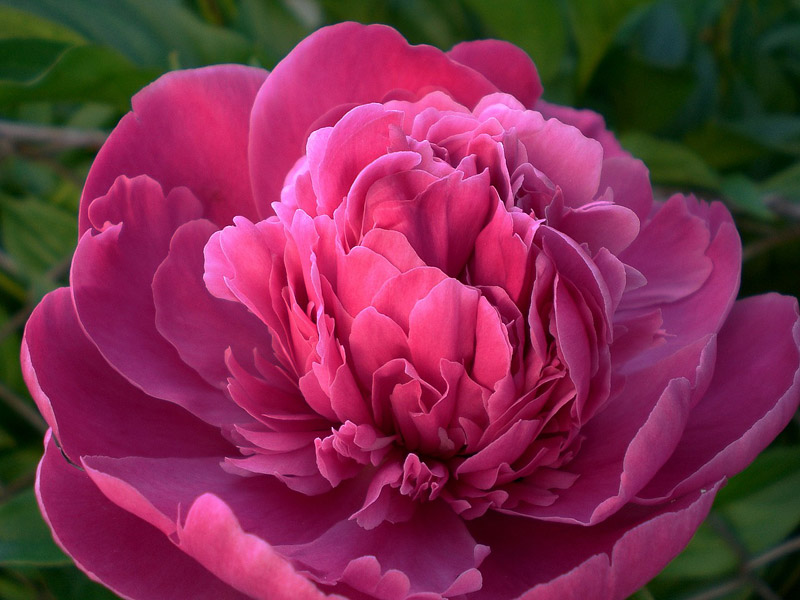
PEONIES PLANTING
- Grow peonies in deep, fertile, humus-rich, moist soil that drains well. Soil pH should be neutral.
- The soil will benefit from the addition of organic material in the planting hole. If the soil is heavy or very sandy, enrich it with compost. Incorporate about 1 cup of bonemeal into the soil. Tamp soil firmly.
- Peonies are not fussy but choose your location wisely as they resent disturbance. Provide shelter from strong winds. Plant away from trees or shrubs as peonies don’t like to compete for food and moisture. Space them three to four feet apart for good air circulation.
- Peonies like full sun, and though they can manage with half a day, they bloom best in a sunny spot.
- Peonies are usually sold as bare-root tubers with three to five eyes, divisions of a three- or four-year-old plant.
- Plant peonies in the fall: in late September and October in most of the country, and even later in the South. (If you must move an established plant, this is the time.)
- Peonies should be settled into place before the first hard frost. Spring-planted peonies just don’t do as well, experts agree; they generally lag about a year behind those planted in the fall.
- Dig a generous-sized hole, about two feet deep and two feet across in well-drained soil in a sunny spot. If the soil is heavy or very sandy, enrich it with compost. Incorporate about one cup of bonemeal into the soil. Tamp it firmly.
- Set the root so the eyes face upward on top of the firmed soil, placing the root just 2 inches below the soil surface. (In southern states, choose early-blooming varieties, plant them about an inch deep, and provide some shade.)
- Then backfill the hole, taking care that the soil doesn’t settle and bury the root deeper than 2 inches.
- Water thoroughly.
Tip: Don’t plant too deep! In most of the country, the peony’s eyes (buds) should be no deeper than 1-½ to 2 inches below the soil line!
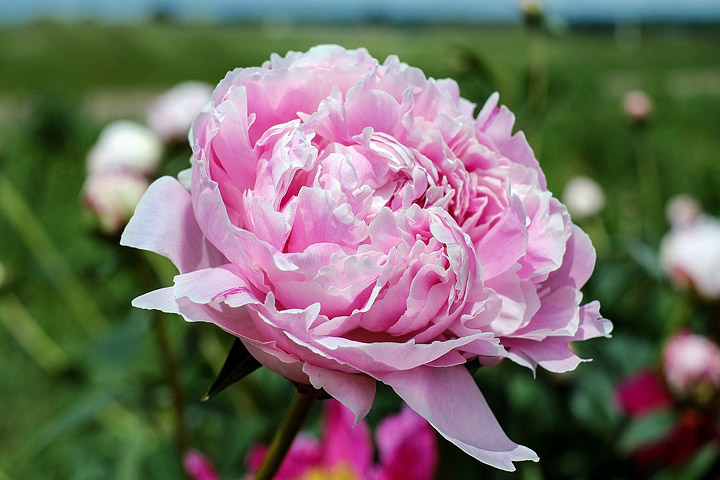
CARE
Like children, young peonies take time to develop. They usually need a few years to establish themselves, bloom, and grow.
They thrive on benign neglect. Unlike most perennials, they don’t need to be dug and divided.
- Spare the fertilizer. Work the soil well before you plant, mixing in a little fertilizer, and that should be enough.
- If your soil is poor, the time to apply fertilizer (bonemeal, compost, or well-rotted manure) is early summer, after the peonies have bloomed and you have deadheaded. Don’t fertilizer more than every few years.
- Help the stems. If peonies have any structural weakness, it is their stems, which are sometimes not strong enough to support their gigantic blossoms. Consider three-legged metal peony rings that allow the plant to grow through the center of the rings.
- Deadhead peony blossoms as soon as they begin to fade, cutting to a strong leaf so that the stem doesn’t stick out of the foliage. Cut the foliage to the ground in the fall to avoid any overwintering disease.
- Don’t smother peonies with mulch. Where cold temperatures are severe, for the first winter after planting you can mulch VERY loosely with pine needles or shredded bark. Remove mulch in the spring.
PESTS/DISEASES
Peonies are generally very hardy. They are prone to Verticillium wilt, ringspot virus, tip blight, stem rot, Botrytis blight, left blotch, Japanese beetle, and nematodes.
Many gardeners wonder why so many ants crawl on the peony buds. They are eating nectar in exchange for attacking bud-eating pests. Never spray the ants; they’re helping you nurture peonies to bloom. Luckily, peonies are also one of many deer-resistant plants you can grow in your garden.
RECOMMENDED VARIETIES
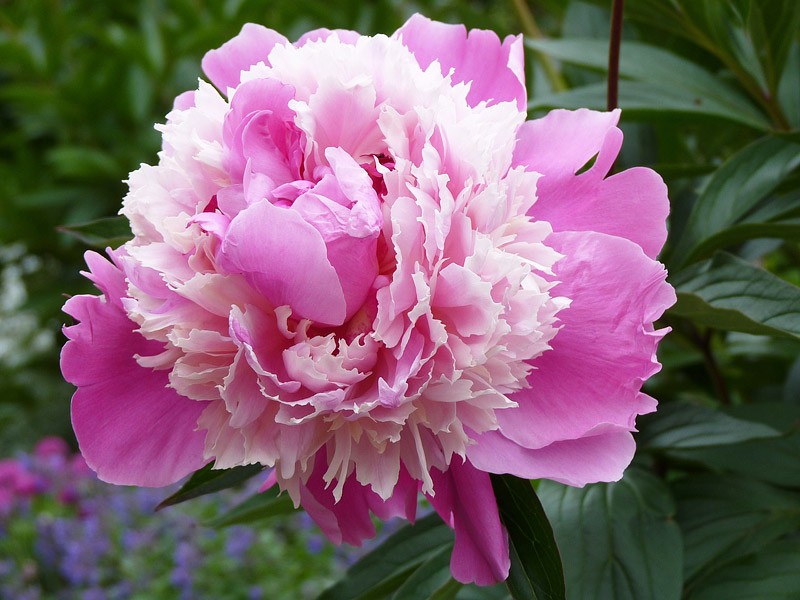
Peonies are spring-bloomers, but you can plan your garden for a successive display of flowers from mid-May to early June. Here are some choices:
- ‘Early Scout’: very early, red single flowers
- ‘Firelight’: very early pale-pink single
- ‘Karl Rosenfield’: midseason double with large crimson blossoms
- ‘Norma Volz,’ midseason large, white, fully double flower
- ‘Elsa Sass’: late-season double with pure-white, camellia-like flowers



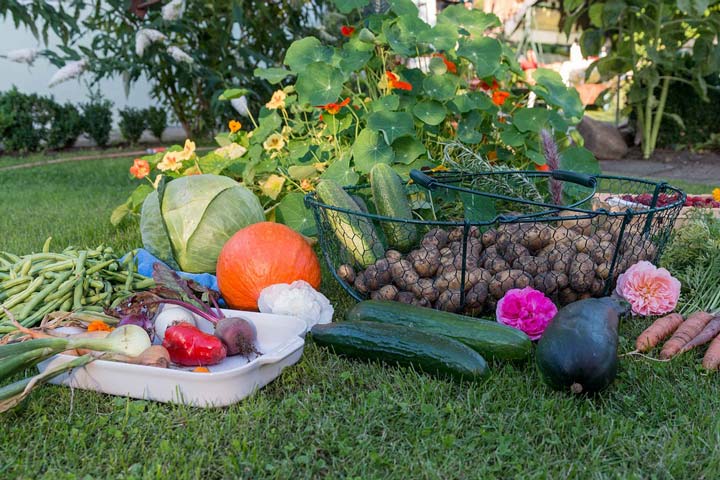
My wife is really into planting flowers, and we wanted to get a head start and get some. It’s interesting that this type of flower actually doesn’t need much fertilizer. I always thought that plants did better with more, but it would be nice to not have to purchase much.
Hi, where can I get peony roots from to start planting my own? I live in Killeen Texas I believe it’s. Zone 8a do you think they will be able to thrive here. Any advice I would love to know.
Jana you can try Nicholson-Hardie garden center. They are located in Dallas. And yes, it is possible to grow peonies in Texas. The recommended time to plant peonies is Fall. Not that they can’t be successfully spring planted, but you run a fair risk of disappointing results. Besides, the selection from peony nurseries in the fall is much larger.